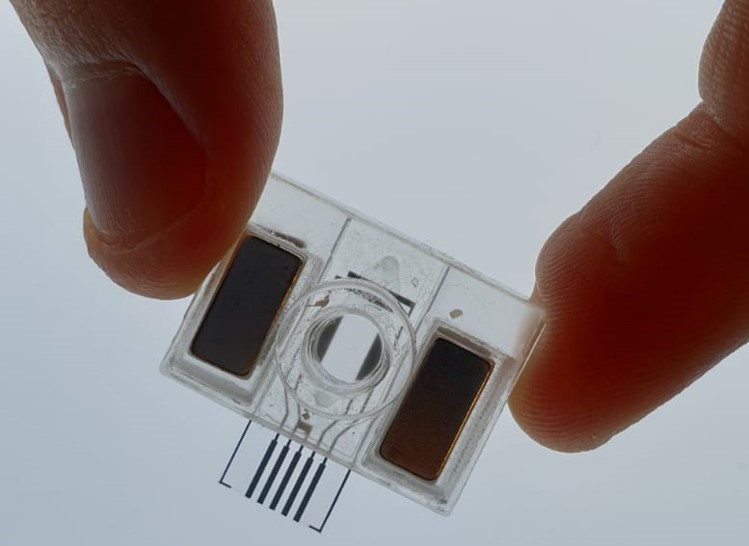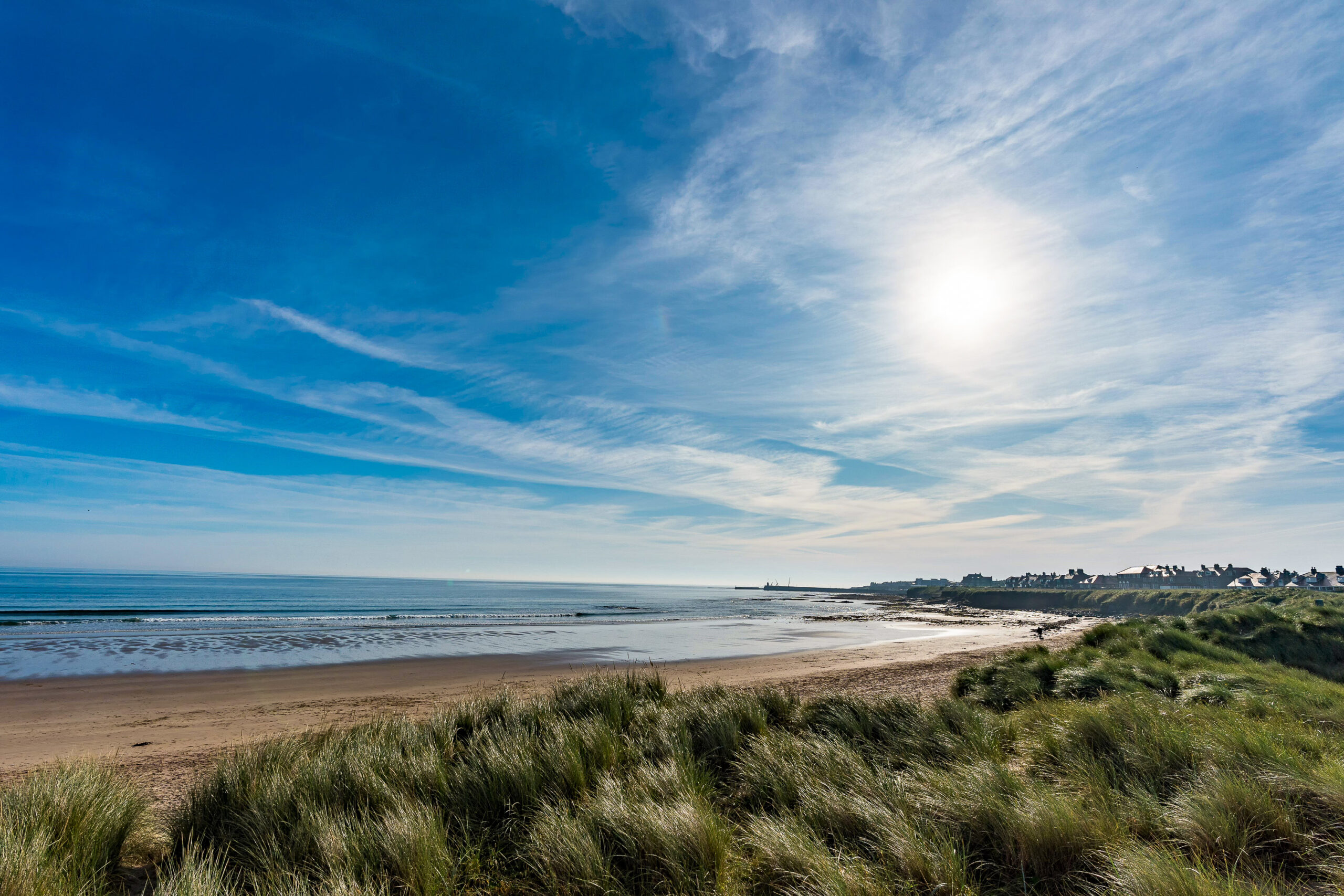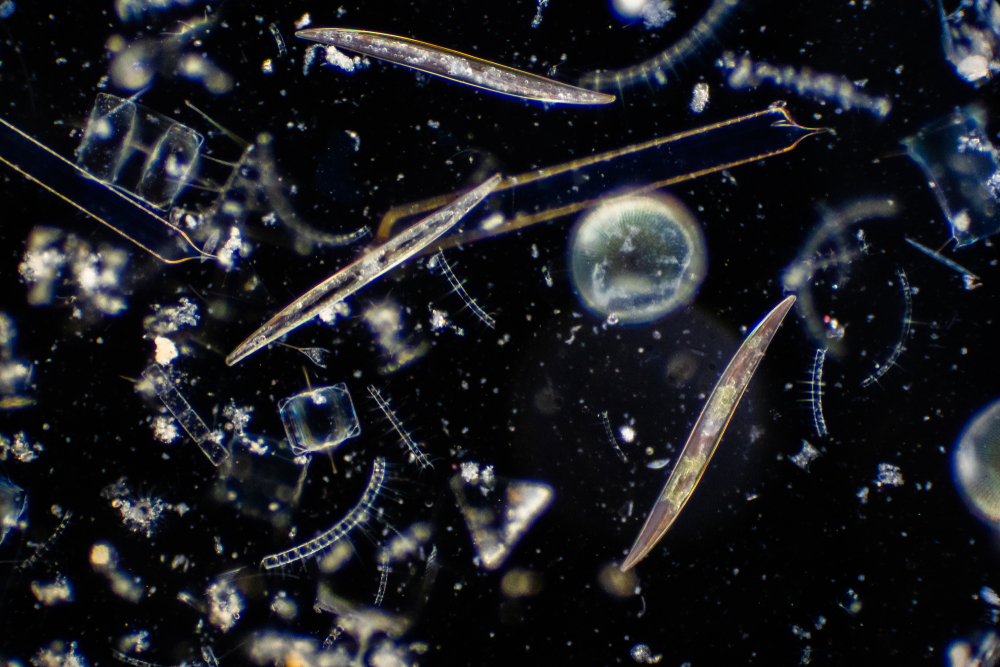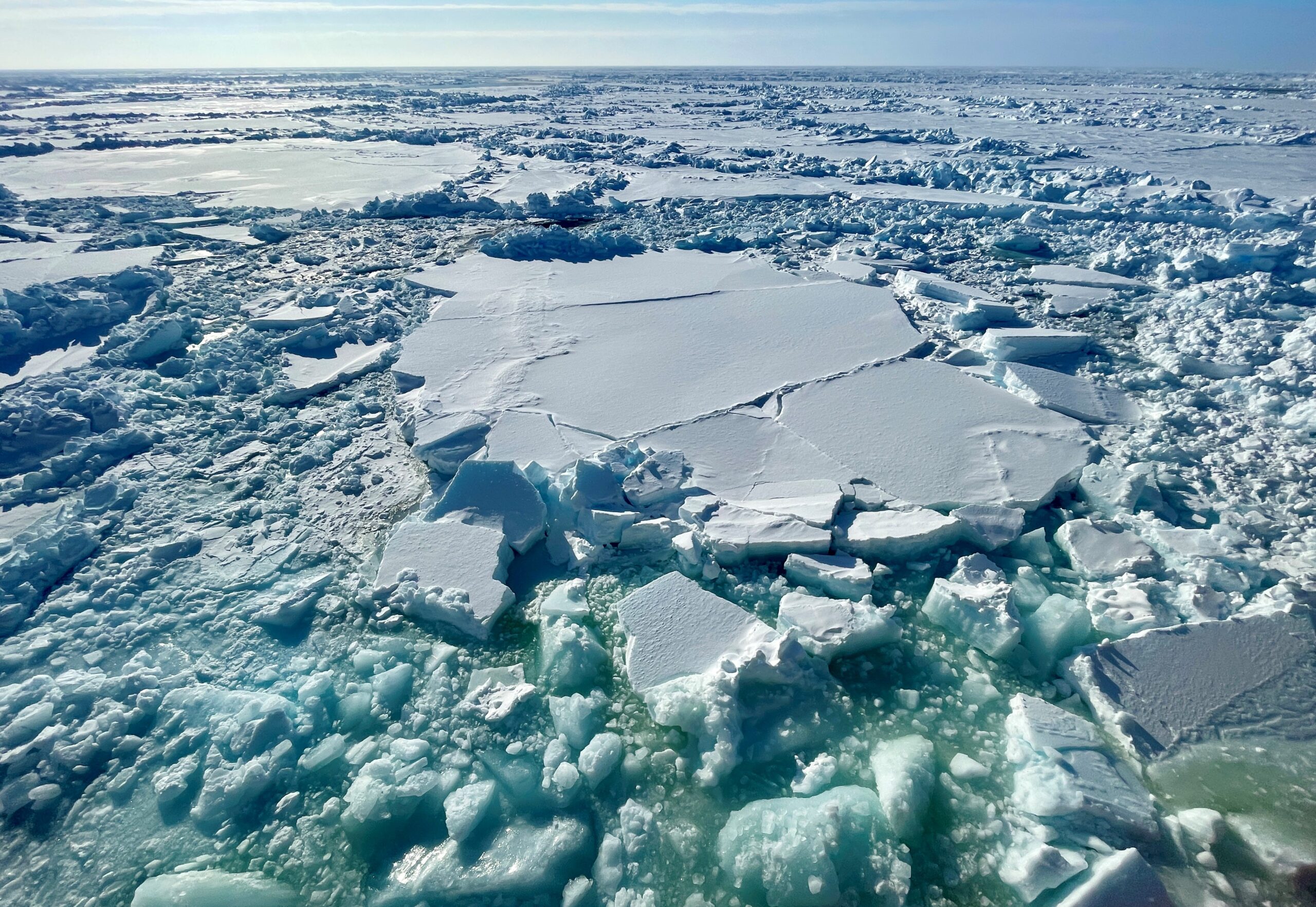
Are harmful algal blooms occurring in arctic sea ice?
Our previous coverage highlighted how climate change is driving harmful algal blooms into new habitats—from Alexandrium minutum appearing in Arctic waters to persistent Pseudo-nitzschia diatom blooms along California’s coast.
Domoic acid, the neurotoxin produced by certain Pseudo-nitzschia species, has never been reported in the high Arctic. This question is one of the hypotheses of the ERC-funded MicroSHIFT project led by Dr. Karley Campbell (Arctic University of Norway, UiT), in which Dr. Michele Fabris’ team (SDU) is a collaborator, jointly investigating this specific aspect.
As part of this collaboration, Dr. Fabris joined a 34-day research cruise aboard the icebreaker R/V Kronprins Haakon to an Arctic sea ice floe at 83°N. This cruise was led by Dr. Campbell, and aimed at investigating the unexplored biome of sea ice and the response of these microorganisms to climate change. The possible presence of overlooked toxic algal blooms in sea ice is one of the main questions addressed by MicroSHIFT.
Pseudo-nitzschia diatoms were found in every sea ice sample collected, often as the dominant diatom species. This is significant because roughly half of the known Pseudo-nitzschia species can produce domoic acid, a neurotoxin that causes amnesic shellfish poisoning.
Not all Pseudo-nitzschia species produce domoic acid, and even toxic species do not always produce toxins. Environmental factors like nutrient stress and temperature changes can influence toxin production. Whether these Arctic populations are toxigenic—and under what conditions they might produce toxins—is what Dr. Campbell and Dr. Fabris’ teams are investigating.
Samples of algae from sea ice and under-ice waters were collected during a 20-day time series drift experiment to monitor bloom stages, and isolated live cultures were brought back to the lab for investigation in controlled laboratory settings.
Fabris’ team’s research into isoprenoid metabolism and gene regulation in diatoms directly applies to this Arctic investigation. Geranyl diphosphate (GPP) is a metabolic precursor in domoic acid biosynthesis and is one of the main focuses of Fabris’ research, being also of biotechnological relevance. Our understanding of how environmental stress affects these pathways might help predict when algae shift toward toxin production.
This research question and the upcoming findings will potentially validate the expanding threat landscape that makes AquaBioSens’ work increasingly important. Climate change is creating favorable conditions for toxic algae in previously pristine environments. As harmful algal blooms spread, sensitive molecular assays become essential tools for environmental monitoring.
Work supported by MicroSHIFT (ERC Starting Grant to Dr. K. Campbell), Erasmus+ and Villum Fonden (Dr. M. Fabris)
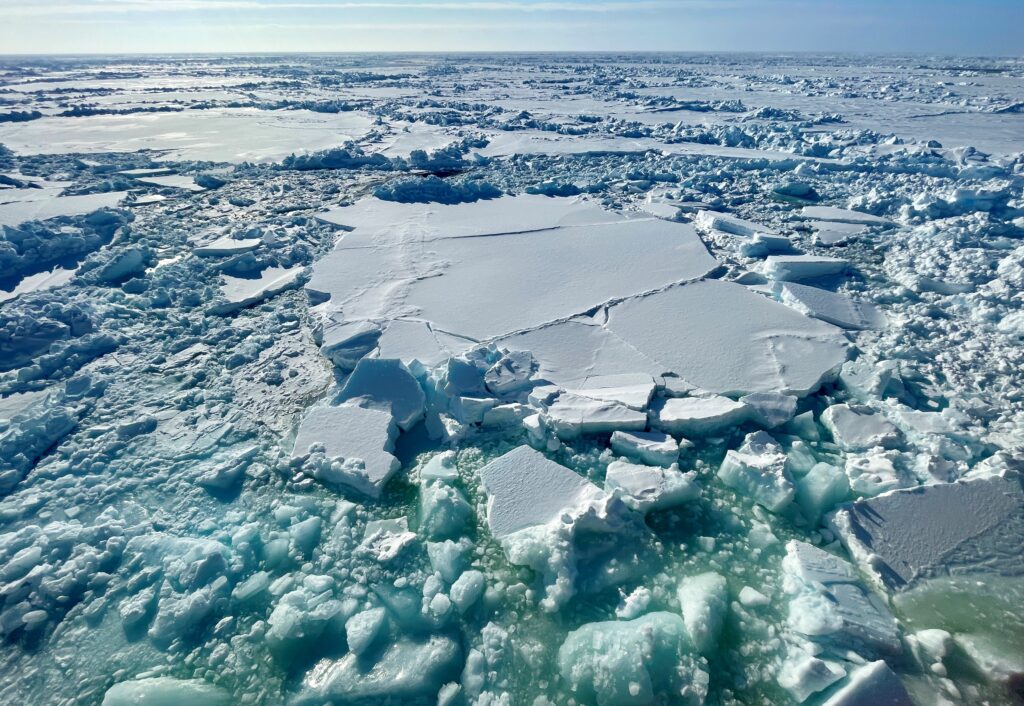
Author:
Dr Michele Fabris (SDU)
Links
https://uit.no/project/microshift
https://en.uit.no/ansatte/person?p_document_id=655080
Keywords
Harmful algal bloom, arctic, environmental monitoring, climate change



